Top 10 JavaScript Frameworks to Learn in 2025
System Design Interview Questions
- Adobe System Design Interview Questions
- Top Atlassian System Design Interview Questions
- Top Amazon System Design Interview Questions
- Top Microsoft System Design Interview Questions
- Top Meta (Facebook) System Design Interview Questions
- Top Netflix System Design Interview Questions
- Top Uber System Design Interview Questions
- Top Google System Design Interview Questions
- Top Apple System Design Interview Questions
- Top Airbnb System Design Interview Questions
- Top 10 System Design Interview Questions
- Mobile App System Design Interview Questions
- Top 20 Stripe System Design Interview Questions
- Top Shopify System Design Interview Questions
- Top 20 System Design Interview Questions
- Top Advanced System Design Questions
- Most-Frequented System Design Questions in Big Tech Interviews
- What Interviewers Look for in System Design Questions
- Critical System Design Questions to Crack Any Tech Interview
- Top 20 API Design Questions for System Design Interviews
- Top 10 Steps to Create a System Design Portfolio for Developers
Introduction to High-Level System Design
System Design Fundamentals
- Functional vs. Non-Functional Requirements
- Scalability, Availability, and Reliability
- Latency and Throughput Considerations
- Load Balancing Strategies
Architectural Patterns
- Monolithic vs. Microservices Architecture
- Layered Architecture
- Event-Driven Architecture
- Serverless Architecture
- Model-View-Controller (MVC) Pattern
- CQRS (Command Query Responsibility Segregation)
Scaling Strategies
- Vertical Scaling vs. Horizontal Scaling
- Sharding and Partitioning
- Data Replication and Consistency Models
- Load Balancing Strategies
- CDN and Edge Computing
Database Design in HLD
- SQL vs. NoSQL Databases
- CAP Theorem and its Impact on System Design
- Database Indexing and Query Optimization
- Database Sharding and Partitioning
- Replication Strategies
API Design and Communication
Caching Strategies
- Types of Caching
- Cache Invalidation Strategies
- Redis vs. Memcached
- Cache-Aside, Write-Through, and Write-Behind Strategies
Message Queues and Event-Driven Systems
- Kafka vs. RabbitMQ vs. SQS
- Pub-Sub vs. Point-to-Point Messaging
- Handling Asynchronous Workloads
- Eventual Consistency in Distributed Systems
Security in System Design
Observability and Monitoring
- Logging Strategies (ELK Stack, Prometheus, Grafana)
- API Security Best Practices
- Secure Data Storage and Access Control
- DDoS Protection and Rate Limiting
Real-World System Design Case Studies
- Distributed locking (Locking and its Types)
- Memory leaks and Out of memory issues
- HLD of YouTube
- HLD of WhatsApp
JavaScript continues to dominate the web development landscape, and staying updated with the latest frameworks is crucial for developers. Whether you’re a beginner or an experienced coder, learning the right frameworks can significantly boost your career. To help you stay ahead, we’ve compiled a list of the Top 10 JavaScript Frameworks to Learn in 2025.
If you’re looking to master these frameworks and stay on top of the latest updates, don’t forget to sign up for free course updates or explore our latest offerings here.
Why Learn JavaScript Frameworks in 2025?
JavaScript frameworks simplify the process of building dynamic and responsive web applications. They provide pre-written code, tools, and libraries that help developers save time and focus on creating unique features.
Key Benefits of JavaScript Frameworks
- Faster Development: Frameworks offer reusable components, reducing the need to write code from scratch.
- Cross-Platform Compatibility: Many frameworks support building applications for web, mobile, and desktop.
- Community Support: Popular frameworks have large communities, making it easier to find solutions to problems.
- Improved Performance: Frameworks are optimized for speed and efficiency, ensuring better user experiences.
Top 10 JavaScript Frameworks to Learn in 2025
1. React.js
React.js, developed by Facebook, remains one of the most popular JavaScript libraries for building user interfaces. Its component-based architecture and virtual DOM make it highly efficient for creating dynamic web applications.
Key Features of React.js
- Virtual DOM: Enhances performance by minimizing direct DOM manipulation.
- Reusable Components: Allows developers to reuse UI components across projects.
- Strong Community Support: Extensive documentation and a large developer community.
Use Cases
- Single-page applications (SPAs)
- Complex user interfaces
- Real-time data applications
2. Angular
Angular, maintained by Google, is a full-fledged framework for building scalable web applications. It’s known for its two-way data binding and dependency injection.
Key Features of Angular
- TypeScript Support: Ensures type safety and better code quality.
- MVC Architecture: Separates logic, data, and presentation layers.
- CLI Tools: Simplifies project setup and deployment.
Use Cases
- Enterprise-level applications
- Progressive web apps (PWAs)
- Dynamic web applications
Also read: Top 10 Greedy Algorithms for Programming.
3. Vue.js
Vue.js is a lightweight and versatile framework that’s gaining popularity due to its simplicity and flexibility. It’s ideal for both small and large-scale projects.
Key Features of Vue.js
- Reactive Data Binding: Automatically updates the UI when data changes.
- Component-Based Architecture: Encourages modular and reusable code.
- Easy Integration: Can be added to existing projects without major changes.
Use Cases
- Interactive web interfaces
- Prototyping
- Small to medium-sized applications
Also read: System Design for Real-Time Chat Apps.
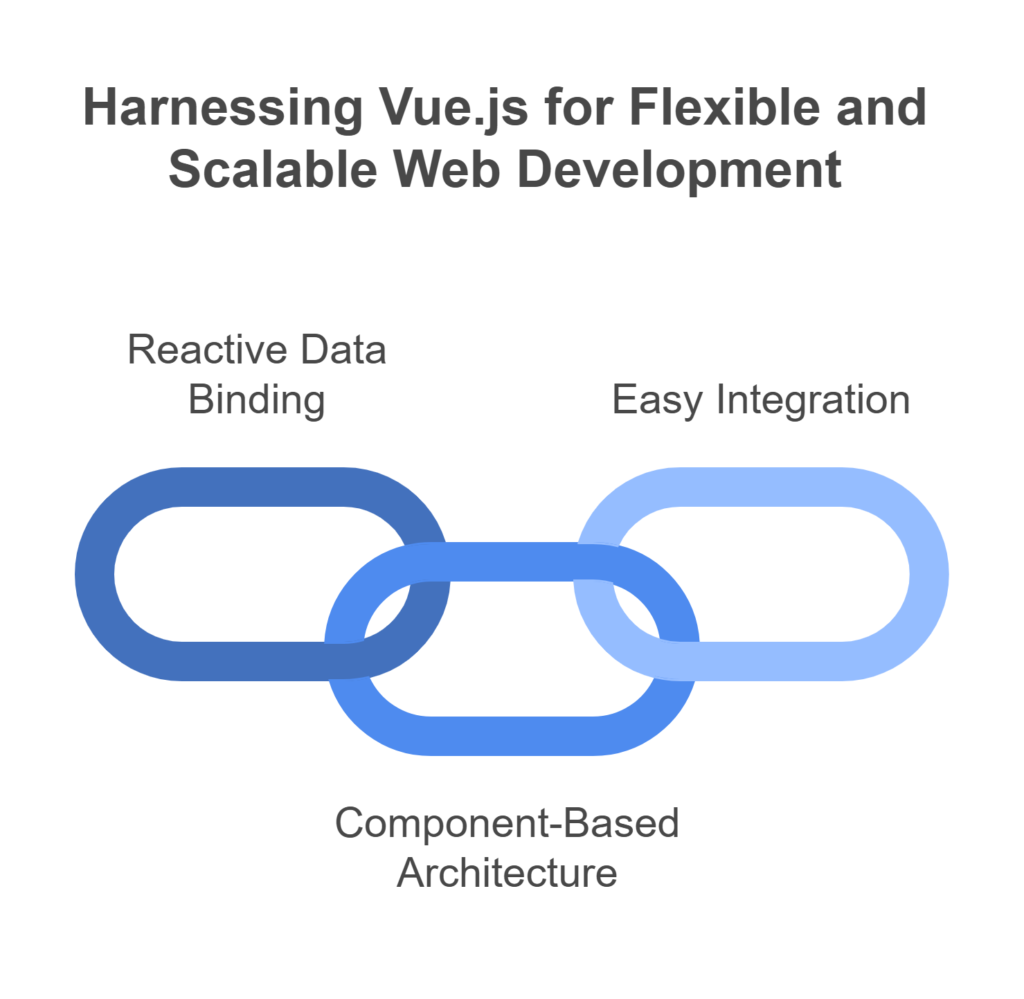
4. Svelte
Svelte is a modern framework that shifts much of the work from the browser to the build step, resulting in faster runtime performance.
Key Features of Svelte
- No Virtual DOM: Compiles components into highly efficient vanilla JavaScript.
- Minimal Boilerplate: Reduces the amount of code developers need to write.
- Reactive Programming: Simplifies state management.
Use Cases
- High-performance web apps
- Real-time applications
- Lightweight projects
Also read: Top 15 Full-Stack Dev Interview Questions 2025.
5. Next.js
Next.js is a React-based framework designed for server-side rendering (SSR) and static site generation (SSG). It’s perfect for building SEO-friendly web applications.
Key Features of Next.js
- Built-in Routing: Simplifies navigation between pages.
- API Routes: Allows creating backend endpoints within the framework.
- Image Optimization: Automatically optimizes images for faster loading.
Use Cases
- SEO-focused websites
- E-commerce platforms
- Content-heavy applications
Also read: How to Crack DSA Interviews in 3 Months.
6. Node.js
While not a frontend framework, Node.js is a runtime environment that allows developers to use JavaScript for server-side programming.
Key Features of Node.js
- Non-Blocking I/O: Handles multiple requests simultaneously.
- NPM Ecosystem: Access to thousands of libraries and tools.
- Scalability: Ideal for building real-time applications.
Use Cases
- Real-time chat applications
- APIs and microservices
- Data-intensive applications
Also read: Top 20 API and RESTful Design Questions.
7. Express.js
Express.js is a minimal and flexible Node.js web application framework that provides robust features for building web and mobile applications.
Key Features of Express.js
- Middleware Support: Simplifies request processing.
- Routing: Easy-to-use routing mechanisms.
- Lightweight: Minimal overhead for faster performance.
Use Cases
- RESTful APIs
- Single-page applications
- Hybrid web applications
Also read: Why System Design Interviews Are Tough.
8. Meteor.js
Meteor.js is a full-stack JavaScript framework that enables rapid prototyping and development of real-time applications.
Key Features of Meteor.js
- Isomorphic Code: Allows sharing code between client and server.
- Real-Time Updates: Automatically syncs data between server and client.
- Integrated Build System: Simplifies deployment and testing.
Use Cases
- Real-time collaboration tools
- Social media platforms
- Interactive dashboards
Also read: Top 10 System Design Interview Questions 2025.
9. Ember.js
Ember.js is an opinionated framework that follows convention over configuration, making it ideal for large-scale applications.
Key Features of Ember.js
- Convention Over Configuration: Reduces decision fatigue for developers.
- Ember CLI: Powerful command-line tools for project management.
- Two-Way Data Binding: Keeps the UI and data in sync.
Use Cases
- Complex web applications
- Data-driven applications
- Long-term projects
Also read: Top 10 System Design Interview Questions 2025.
10. NestJS
NestJS is a progressive Node.js framework for building efficient and scalable server-side applications. It’s heavily inspired by Angular’s architecture.
Key Features of NestJS
- Modular Architecture: Encourages organized and maintainable code.
- TypeScript Support: Ensures type safety and better development practices.
- Dependency Injection: Simplifies testing and code reuse.
Use Cases
- Enterprise-level APIs
- Microservices architecture
- Real-time applications
Also read: Top 10 DSA Questions on Linked Lists and Arrays.
Comparison of Top JavaScript Frameworks
Framework | Learning Curve | Performance | Use Case | Popularity |
React.js | Moderate | High | SPAs, UIs | Very High |
Angular | Steep | High | Enterprise Apps | High |
Vue.js | Easy | High | Small to Medium Apps | High |
Svelte | Moderate | Very High | High-Performance Apps | Growing |
Next.js | Moderate | High | SEO-Friendly Apps | High |
Node.js | Moderate | High | Backend, Real-Time Apps | Very High |
Express.js | Easy | High | APIs, Microservices | High |
Meteor.js | Moderate | Moderate | Real-Time Apps | Moderate |
Ember.js | Steep | High | Large-Scale Apps | Moderate |
NestJS | Moderate | High | APIs, Microservices | Growing |
How to Choose the Right Framework

Choosing the right JavaScript framework depends on your project requirements, team expertise, and long-term goals. Here are some factors to consider:
Project Size
- For small projects, Vue.js or Svelte might be ideal, while Angular or Ember.js suits larger applications.
Learning Curve
- If you’re a beginner, start with Vue.js or React.js.
Performance Needs
- For high-performance applications, consider Svelte or Next.js.
Community Support
- Frameworks like React.js and Angular have extensive communities and resources.
What is the best JavaScript framework for beginners?
For beginners, Vue.js is highly recommended due to its simplicity and flexibility. It’s an ideal choice for small to medium-sized projects. Want to learn more about web development? Check out our Web Development Course to start building your skills today!
Which framework should I choose for building real-time applications?
Node.js is a great choice for real-time applications, especially when paired with frameworks like Express.js or Meteor.js. To dive deeper into backend development, explore our Web Development Course or Master DSA, Web Development, & System Design course.
How do I get started with Data Structures and Algorithms (DSA)?
To start mastering DSA, begin with foundational courses that help you understand data structures and algorithms in depth. Our DSA Course is designed to give you the skills needed to tackle complex technical interviews and excel in coding challenges.
Should I learn System Design along with DSA?
Learning System Design alongside DSA is a great way to become a well-rounded software engineer. Our Design & DSA Combined Course is perfect for those looking to master both and enhance their problem-solving skills for interviews.
What course should I take to become proficient in Data Science?
For those interested in Data Science, our Data Science Course offers comprehensive coverage of essential topics, including algorithms, data analysis, and machine learning. Start today to unlock new career opportunities in the tech industry!
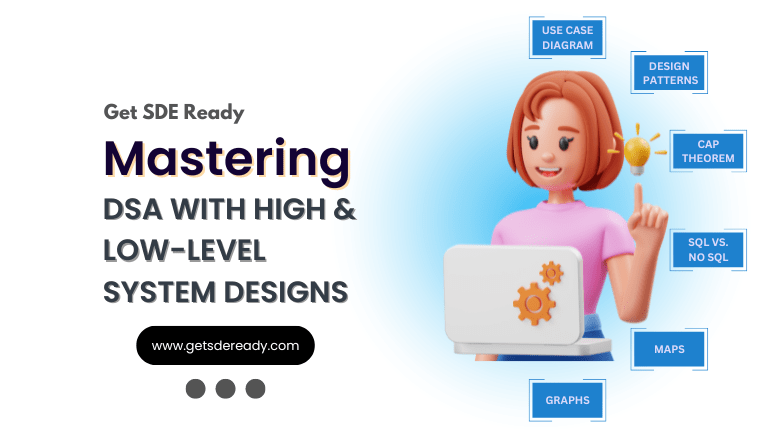
DSA, High & Low Level System Designs
- 85+ Live Classes & Recordings
- 24*7 Live Doubt Support
- 400+ DSA Practice Questions
- Comprehensive Notes
- HackerRank Tests & Quizzes
- Topic-wise Quizzes
- Case Studies
- Access to Global Peer Community
Buy for 60% OFF
₹25,000.00 ₹9,999.00
Accelerate your Path to a Product based Career
Boost your career or get hired at top product-based companies by joining our expertly crafted courses. Gain practical skills and real-world knowledge to help you succeed.
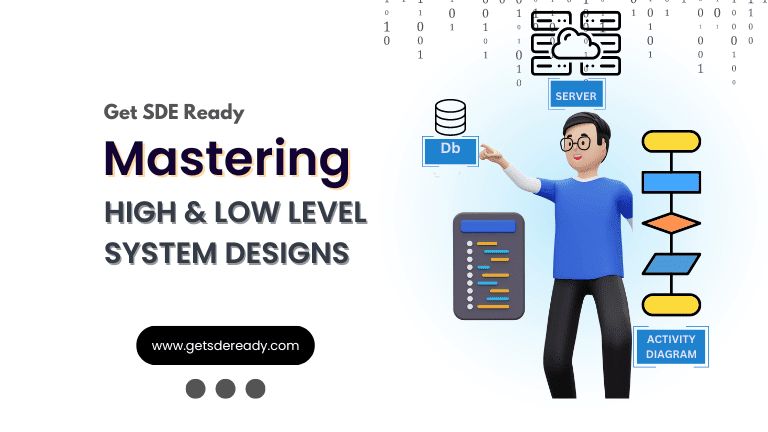
Low & High Level System Design
- 20+ Live Classes & Recordings
- 24*7 Live Doubt Support
- Case Studies
- Comprehensive Notes
- HackerRank Tests
- Topic-wise Quizzes
- Access to Global Peer Community
- Interview Prep Material
Buy for 65% OFF
₹20,000.00 ₹6,999.00
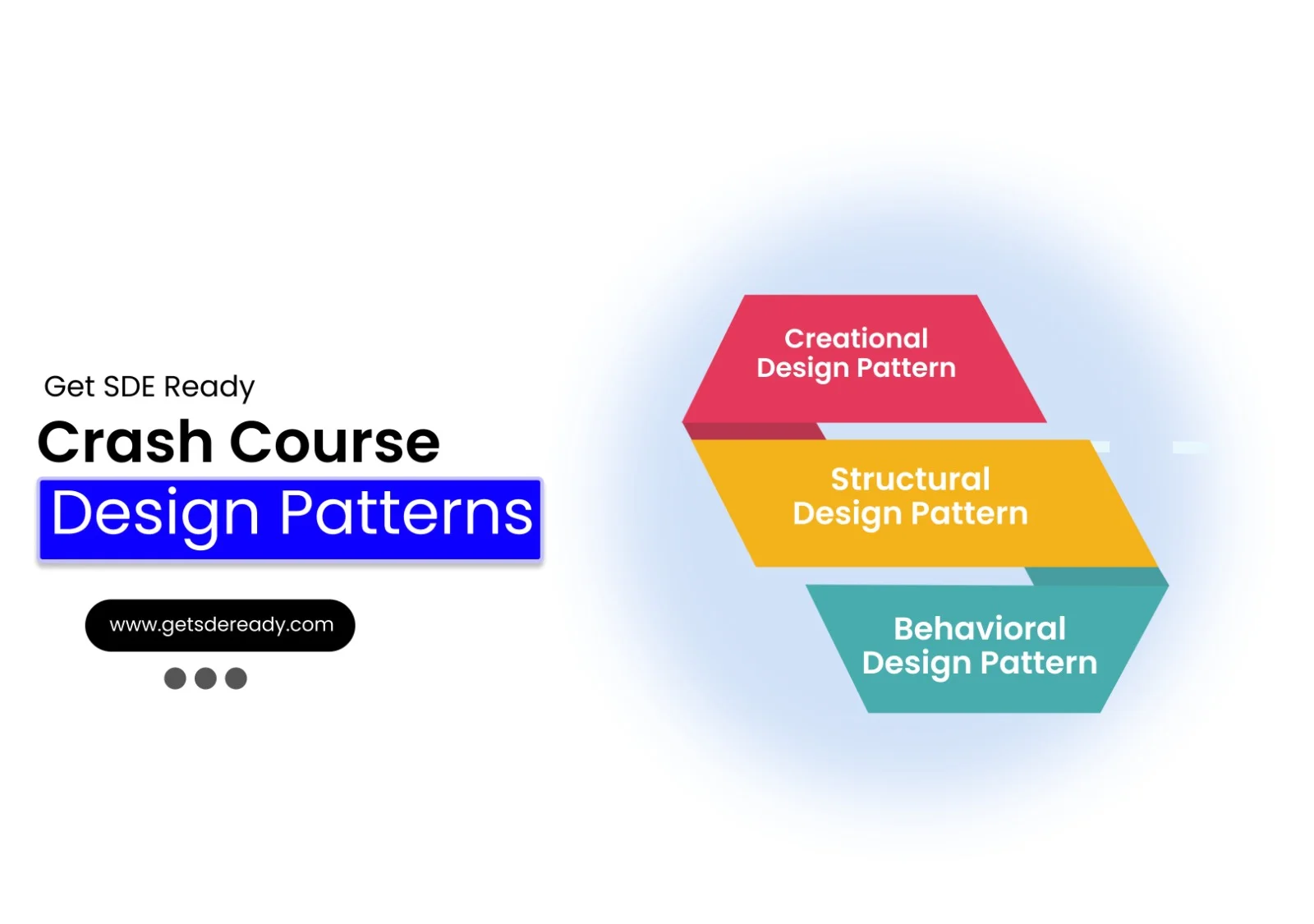
Design Patterns Bootcamp
- Live Classes & Recordings
- 24/7 Live Doubt Support
- Practice Questions
- Case Studies
- Access to Global Peer Community
- Topic wise Quizzes
- Referrals
- Certificate of Completion
Buy for 50% OFF
₹2,000.00 ₹999.00

ML & AI Kickstart
- Live Classes & Recordings
- 24/7 Live Doubt Support
- 2 Live Projects
- Case Studies
- Topic wise Quizzes
- Access to Global Peer Community
- Certificate of Completion
- Referrals
Buy for 50% OFF
₹2,000.00 ₹999.00

LLD Bootcamp
- 7+ Live Classes & Recordings
- Practice Questions
- 24/7 Live Doubt Support
- Case Studies
- Topic wise Quizzes
- Access to Global Peer Community
- Certificate of Completion
- Referrals
Buy for 50% OFF
₹2,000.00 ₹999.00
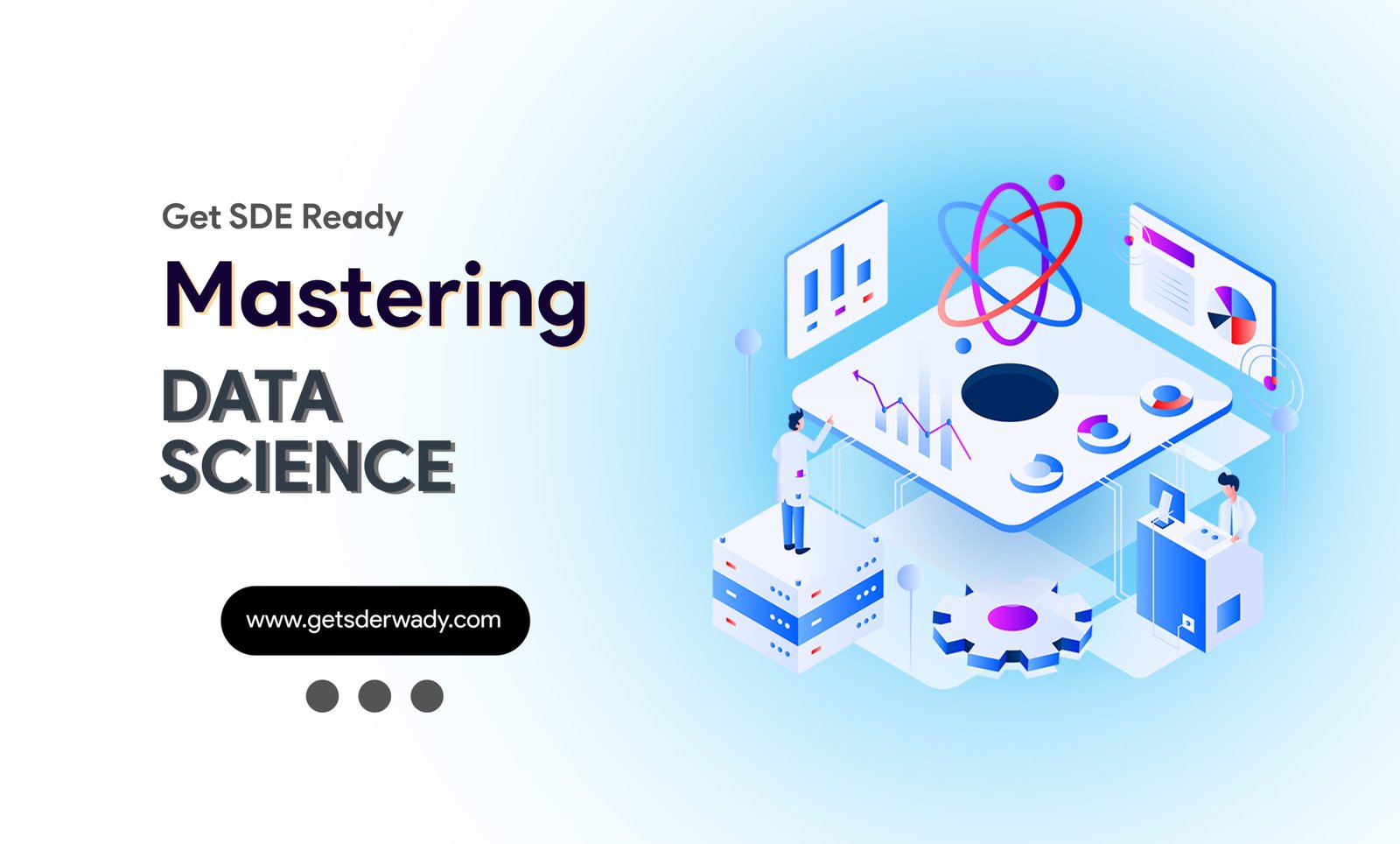
Essentials of Machine Learning and Artificial Intelligence
- 65+ Live Classes & Recordings
- 24*7 Live Doubt Support
- 22+ Hands-on Live Projects & Deployments
- Comprehensive Notes
- Topic-wise Quizzes
- Case Studies
- Access to Global Peer Community
- Interview Prep Material
Buy for 65% OFF
₹20,000.00 ₹6,999.00
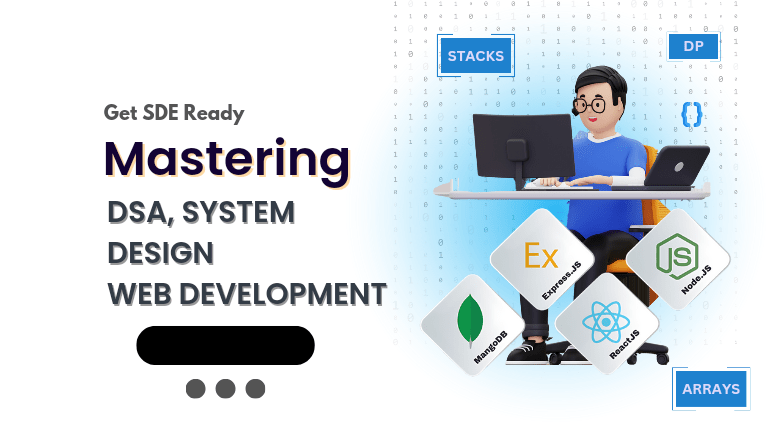
Fast-Track to Full Spectrum Software Engineering
- 120+ Live Classes & Recordings
- 24*7 Live Doubt Support
- 400+ DSA Practice Questions
- Comprehensive Notes
- HackerRank Tests & Quizzes
- 12+ live Projects & Deployments
- Case Studies
- Access to Global Peer Community
Buy for 57% OFF
₹35,000.00 ₹14,999.00
Reach Out Now
If you have any queries, please fill out this form. We will surely reach out to you.
Contact Email
Reach us at the following email address.
Phone Number
You can reach us by phone as well.
+91-97737 28034
Our Location
Rohini, Sector-3, Delhi-110085